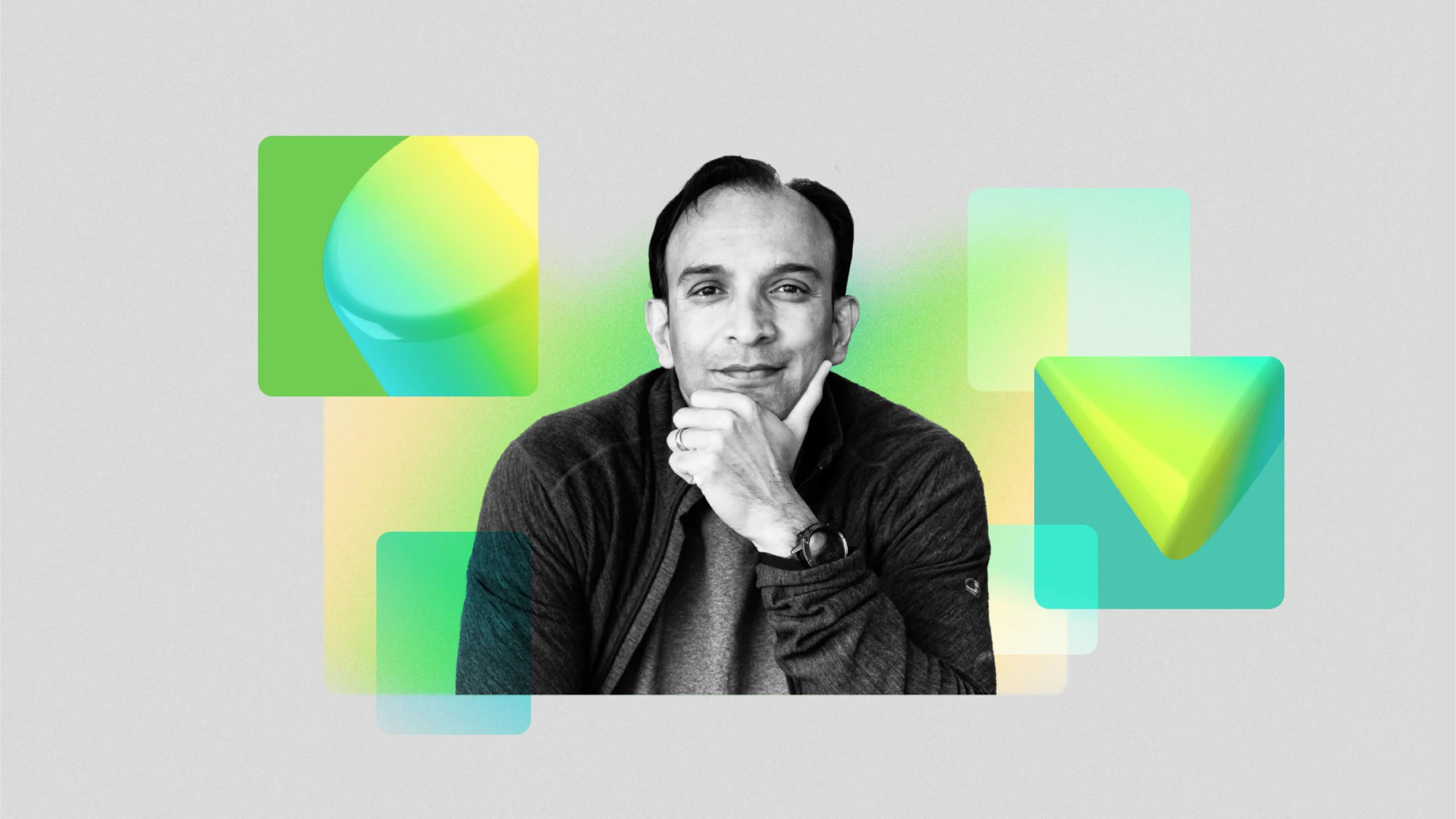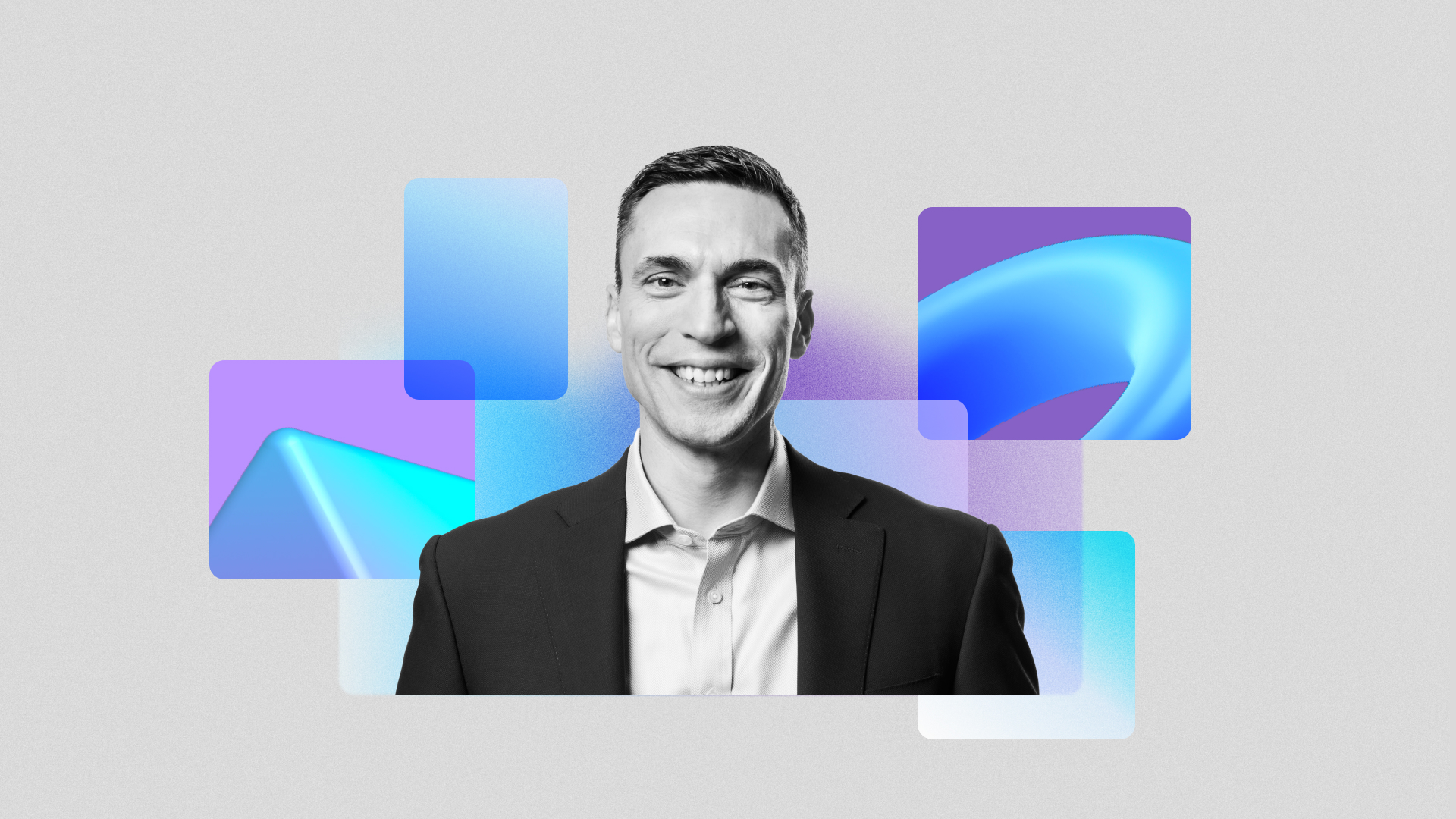Cassie Kozyrkov created the discipline of decision intelligence, combining the power of AI with data science to enable companies to make better, more informed choices. The statistician is an AI advisor to Fortune 100 companies and writes the popular Decision Intelligence newsletter.
Kozyrkov joined the WorkLab podcast to discuss how leaders can maximize the potential of AI and data, why having too many options is as unhelpful as having too few, and how to avoid falling prey to confirmation bias—which the latest data science does not necessarily guard against.
Three big takeaways from the conversation:
1. Don’t use “data as a decoration.” Many leaders think they’re making data-driven decisions, Kozyrkov says, but they’re actually cherry-picking data that supports their foregone conclusion (aka confirmation bias). “There’s a very simple antidote to that, and it’s the discipline of pre-committing to how you’re going to use information to drive your decision,” she says. “Set the goalposts before you actually kick the ball. Not afterwards, when you can just put the goalposts around the ball and say, yay, I scored!”
2. More AI-generated options don’t necessarily make decisions easier. AI can be an invaluable thought partner in helping leaders spot options they might have overlooked. But if you aren’t using it intelligently, it can present you with thousands, or even millions, of potential options—more than you could possibly have time to evaluate. “You have to learn how to cut it off and limit your own options and get to where you’re trying to go faster,” Kozyrkov says. “If you don’t, you are looking at potentially infinite good-ish possibilities.”
3. You want AI to surprise you—in good ways. Kozyrkov notes that there can be real benefits in the serendipity of AI, which can often hit on something valuable or insightful, even if your prompt wasn’t fully baked: “You didn’t know what you were asking for, and somehow you got something good back. That’s the surprise factor. In the context of generating ideas or brainstorming, how wonderful!” But sometimes that element of surprise means that a perfectly formulated prompt yields a bad or unhelpful response. She says that when it comes to something mission-critical “that absolutely has to work,” a human needs to be in control and apply their own reasoning.
WorkLab is a place for experts to share their insights and opinions. As students of the future of work, Microsoft values inputs from a diverse set of voices. That said, the opinions and findings of the experts we interview are their own and do not reflect Microsoft’s own research or opinions.
Follow the show on Apple Podcasts, Spotify, or wherever you get your podcasts.





